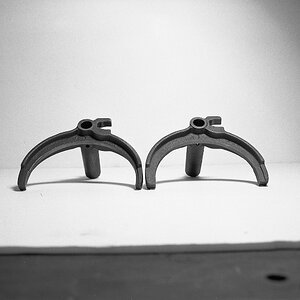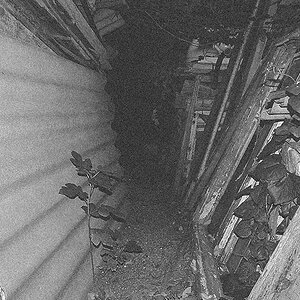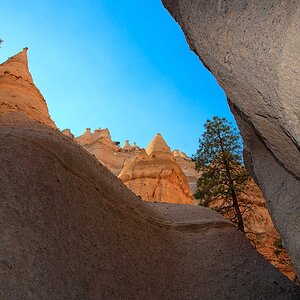sothoth
TPF Noob!
- Joined
- Jul 6, 2006
- Messages
- 250
- Reaction score
- 0
I've always wondered why they don't seal the CMOS or CCD sensor behind some optically clear glass/quartz in digital SLRs. I get especially curious about that while I'm dusting off my sensor every couple of months.
Today, at work, I was using a Sony CCD video camera and saw that they did just that, they cover the CCD with a quartz glass that can be removed if necessary, but allows you to change lenses without getting dust on the sensor.
Why don't they do this in dSLR's, or are they optically different enough that this wouldn't work there? To me this seems like an obvious solution unless there is some technical hurdle that I am not aware of.
Today, at work, I was using a Sony CCD video camera and saw that they did just that, they cover the CCD with a quartz glass that can be removed if necessary, but allows you to change lenses without getting dust on the sensor.
Why don't they do this in dSLR's, or are they optically different enough that this wouldn't work there? To me this seems like an obvious solution unless there is some technical hurdle that I am not aware of.


![[No title]](/data/xfmg/thumbnail/30/30889-6a35eb14fac2d7d837d49a6a1757d874.jpg?1619734500)










